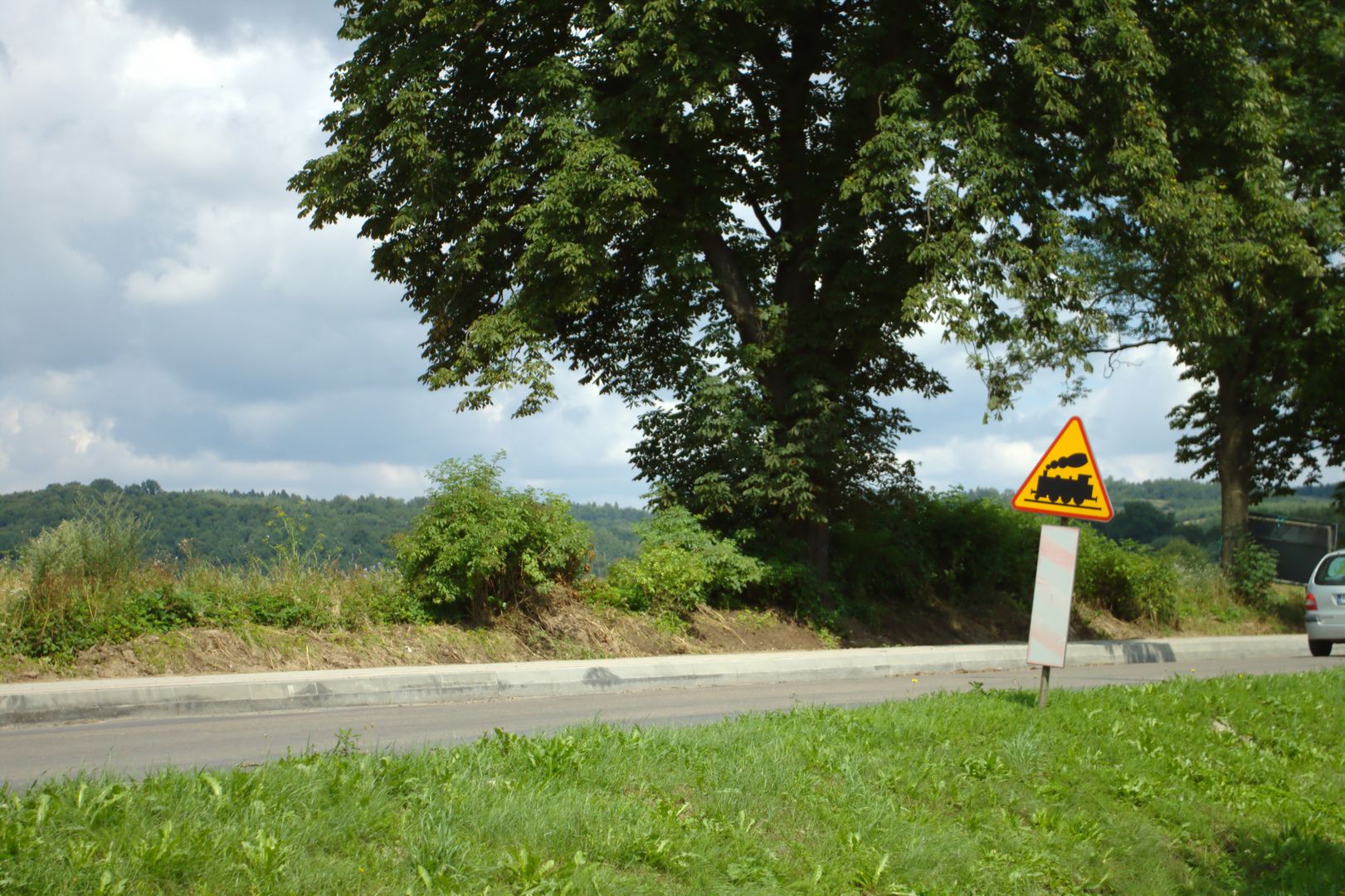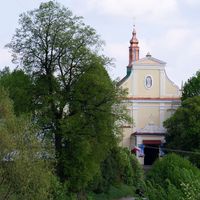Dynów
8.44

Overview
The Dynów Commune, located in southeastern Poland, is an agricultural and forested region known for its beautiful landscapes and rich flora and fauna. Its architecture includes monuments such as the tomb of Władysław Skrzyński, a manorial park, and the castle complex in Dąbrówka Starzeńska, as well as churches from various eras, including the 18th-century Church of St. Nicholas in Harty. The commune's area is covered by a landscape park and Natura 2000 protected areas, which fosters tourism development, with numerous hiking and cycling trails, including the Eastern Green Velo Cycling Route. The commune has a rich history dating back to prehistoric times, with evidence of settlement from the Upper Paleolithic period. In the Middle Ages, the region was part of the Cherven Cities, and numerous invasions from the 16th to the 18th centuries until the partitions influenced the development of the local community. After World War II, the commune was incorporated into the Brzozów County in the Rzeszów Voivodeship. Interestingly, there is no separate municipal cultural center here, but the local public library in Dynów and various social organizations actively support cultural life. Sports clubs also operate in the commune, and residents participate in annual events such as harvest festivals and the Days of the Dynów Foothills.
Location
You can also find here:
2025 Wizytor | All Rights Reserved


